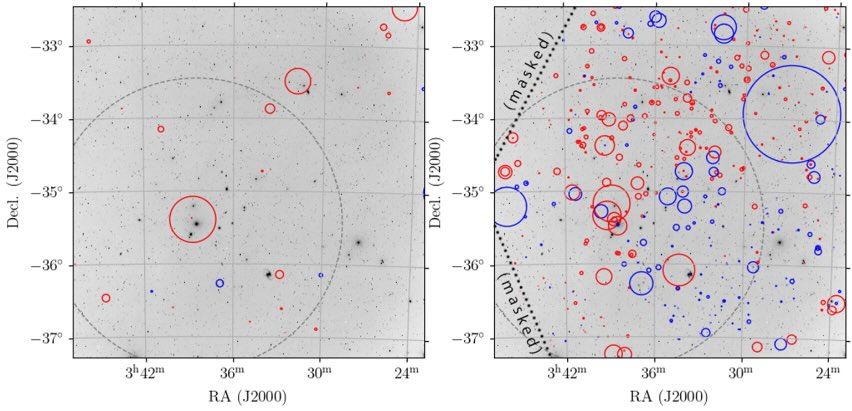Publications of the Astronomical Society of Australia
@pasajournal.bsky.social
57 followers
25 following
21 posts
Official account for Publications of the Astronomical Society of Australia (PASA). We are a leading open access journal which publishes new and significant peer-reviewed research in astronomy and astrophysics. https://tinyurl.com/4n9324mj
Posts
Media
Videos
Starter Packs

















